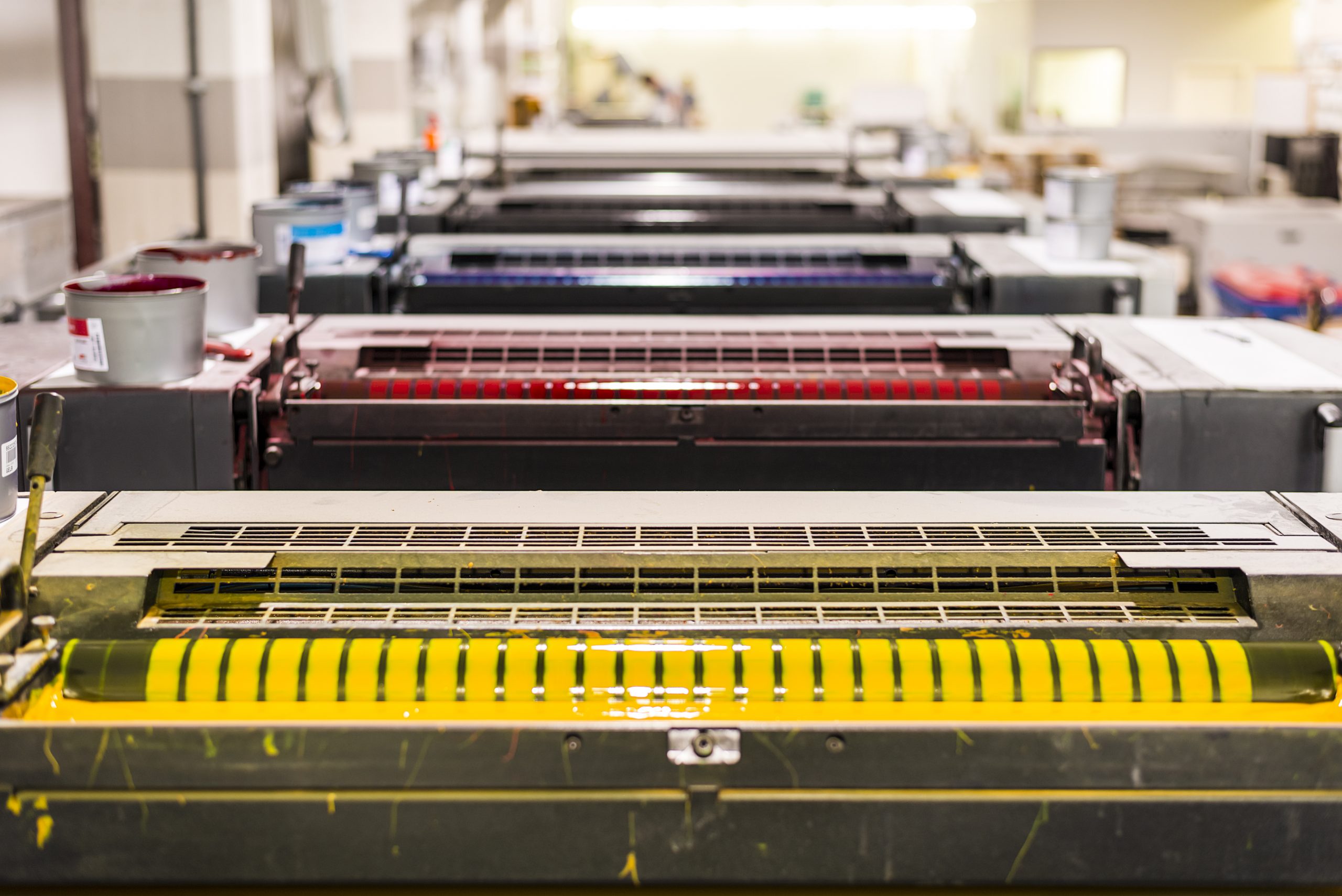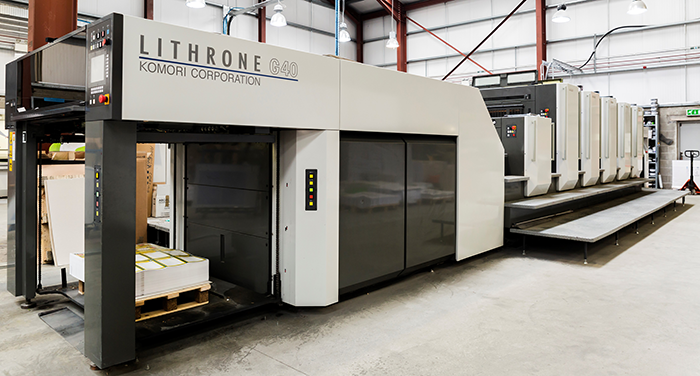Custom Designs Enhanced Through litho printing
Custom Designs Enhanced Through litho printing
Blog Article
A Comprehensive Overview to Recognizing Litho Printing Strategies
The globe of litho printing, a method originating from the late 18th century, is a remarkable mix of history, scientific research, art and innovation. Stay with us as we trip right into the exciting world of litho printing.
The Historic Advancement of Litho Printing
The historical trajectory of litho printing, a crucial technology in the realm of interaction, is an exciting story of human ingenuity. The procedure advanced with the introduction of the rotating press, which substantially raised efficiency. Each phase of litho printing's advancement showcases mankind's ruthless quest of efficiency and high quality in visual communication.
Deciphering the Scientific Research Behind Litho Printing Inks
Progressing in the expedition of litho printing strategies, the focus currently changes to the science behind litho printing inks. The structure of these inks, their drying process, and color mixing methods develop the foundation of this intricate art kind. Recognizing these aspects is vital to understanding the craft and attaining the preferred print outcomes.
Structure of Litho Inks
In lithographic printing, the fundamental role of litho inks can not be overemphasized. The composition of litho inks varies relying on its purpose, but typically, they include two main components - cars and pigments. Pigments, the color-providing elements, are carefully ground fragments suspended in the automobile, a liquid that carries the pigment onto the printing surface area. The vehicle is an intricate mixture of oils, solvents, and materials, which affect the ink's drying out time, adhesion, and gloss. Additionally, different additives exist to improve particular buildings like flow, drying, and resistance to ecological effects. Each element plays an important component in the last print's quality, making the accurate formula of litho inks a complex science.
Ink Drying Refine
From the structure of litho inks, attention turns to the fascinating procedure of ink drying. Two primary approaches are used in litho printing: oxidative drying and absorption. Absorption, on the various other hand, involves the ink seeping right into the paper fibers, which is a faster process yet can lead to much less dynamic shades.
Color Combining Strategies
While the drying out process plays a key function in litho printing, the scientific research of color blending methods holds equivalent relevance. This is a complex process that includes the careful blending of primaries: cyan, magenta, and yellow, in varying proportions to attain a vast range of shades. The enhancement of black ink, known as 'crucial', aids in managing the strength and depth of the colors. The scientific research behind litho printing inks additionally thinks about the openness of the ink, which influences how colors overlay and mix. To achieve an efficient color mix, print specialists must also recognize the intricacies of ink habits, shade concept, and the physical properties of the substratum on which the ink is used.
The Art and Layout Aspects in Litho Printing
Litho printing takes a breath life into art and design via its unique elements. The procedure involves producing an image on a lithographic sedimentary rock plate or metal plate with a smooth surface area. The picture is then printed onto a tool, generally paper, by moving the ink from the plate. What sets litho printing apart is its ability to duplicate detailed layouts with high integrity, making the outcome virtually similar to the original artwork. This is attained via the use of different line methods such as cross-hatching, hatching, and stippling, which permit for a series of tonal results. Furthermore, litho printing accommodates a selection of shades, making it possible for artists to produce vibrant and vibrant prints. This mix of accuracy and convenience makes litho printing a favored choice for numerous musicians and designers.
Modern Applications of Litho Printing Methods
Litho printing strategies have located considerable use in the modern-day commercial sector. Its influence and importance continue to grow with the introduction of brand-new developments and modern technologies in the area. This section will discover these contemporary applications and the transformative role they play in the printing industry.
Commercial Litho Printing Utilizes
In today's electronic age, one may question the importance of traditional printing methods. Yet, litho printing remains an essential component of the business sector. High-volume printing jobs, such as the production of publications, papers, and packaging, count on litho printing for its capability to supply premium photo top quality and expense effectiveness. The process, which entails moving an inked picture from a plate onto a rubber blanket and afterwards to the printing surface area, supplies unparalleled uniformity. This makes it ideal for tasks requiring a large print run. Litho printing likewise gives a wide color spectrum, exceptional to that of electronic printing. This makes it the go-to selection for tasks that demand vivid, high-grade shade reproduction.
Innovations in Litho Printing
Pressing the limits of traditional techniques, modern-day innovations have actually sustained a host of technologies in litho printing. One popular growth is electronic litho printing, which combines the merits of digital modern technology with litho's high-quality outcome. These developments emphasize the long-lasting relevance of litho printing in the modern world.
Checking out the Process of Litho Printing: Detailed

Obstacles and Solutions in Contemporary Litho Printing

Despite the precision and tradition that litho printing happily supports, it is not without its collection of modern difficulties. Digital litho printing permits for cost-effective short runs and easy personalization, dealing with the issue Check Out Your URL of variable data. Hence, while there are obstacles, the litho printing industry is proactively adjusting to fulfill them head-on, ensuring its importance in the future.
Final thought
To conclude, litho printing, with its abundant background and scientific ins and outs, holds a substantial place in the print market. As the guide discloses, it's a synthesis of art and technology, with contemporary improvements ensuring its importance. Nonetheless, the sector deals with challenges that need innovative solutions, with a concentrate on automation and sustainability. The future of litho printing depends upon its capacity to adjust to these transforming demands, affirming its enduring worth in an advancing market.

Report this page